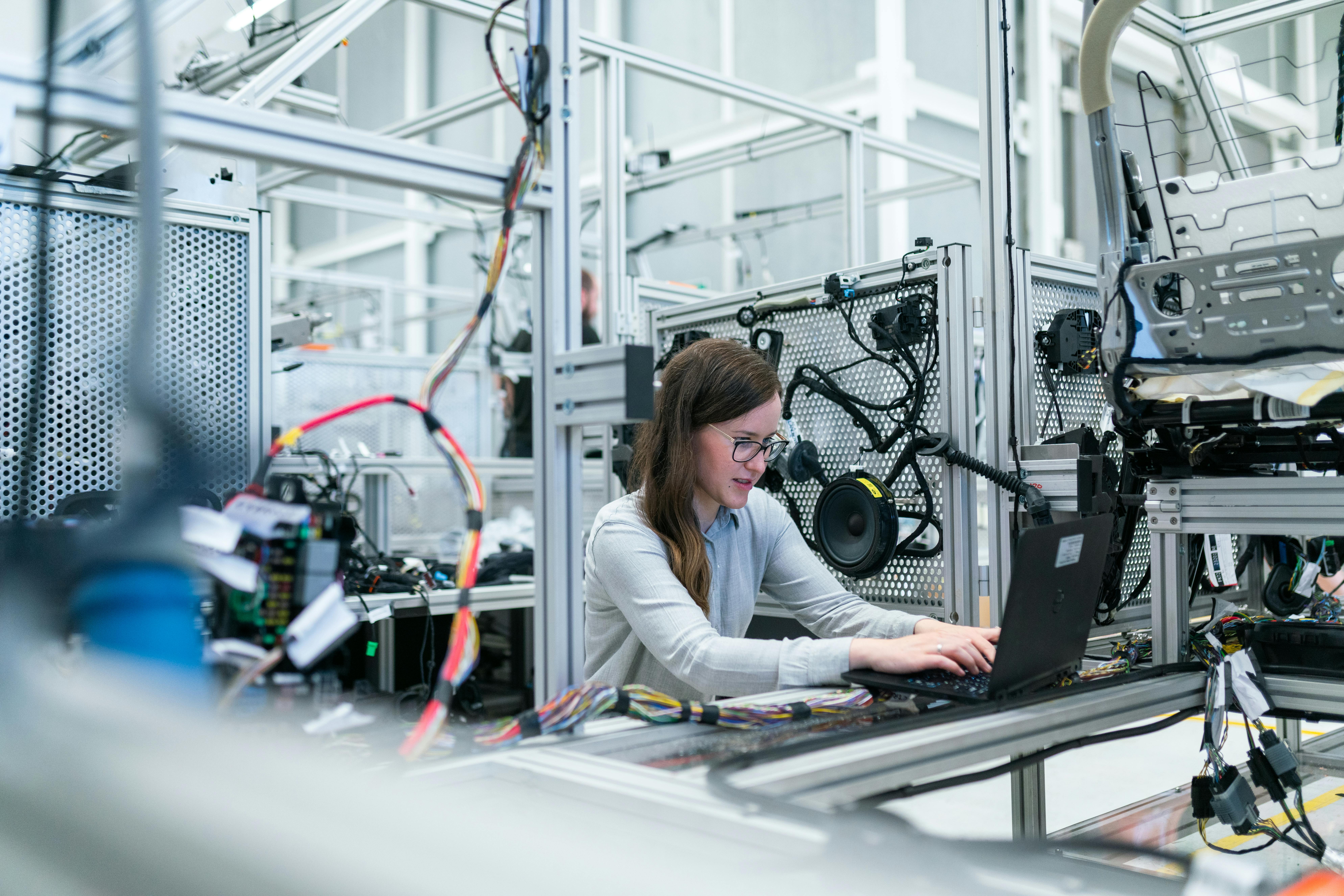Author: Technical Team, Linpowave
Date: July 20, 2025 | Reading Time: 3 minutes
Programmable Logic Controllers (PLCs) form the backbone of many modern industrial systems. But to truly unlock the value of real-time process awareness and environmental sensing, advanced sensor integration is key. One increasingly popular choice is the millimeter-wave (mmWave) radar sensor—thanks to its accuracy, robustness, and versatility.
So how do you integrate mmWave radar into a PLC-controlled system? Let’s walk through the basics.
Start with the Right Sensor
Not all mmWave sensors are created equal. For industrial use, it’s important to select radar modules that offer industrial-grade interfaces, wide detection ranges, and stable outputs in complex environments.
For example, Linpowave’sU100 Series Radarprovides:
-
Range detection up to 100 meters
-
Multi-object tracking
-
UART/CAN/RS-422/TTL communication interfaces
-
IP67 protection and temperature durability
These features make it well-suited for PLC integration in smart factories, logistics systems, and heavy machinery.
Choose Your Communication Protocol
Once the hardware is selected, communication becomes the next priority. mmWave radar sensors like theLinpowave V300support multiple interfaces, making them adaptable to different PLC architectures.
Common methods include:
-
RS-422for high-speed differential signaling
-
CAN Busfor robust real-time messaging in mobile platforms
-
UART/TTLfor simple point-to-point serial communication
Make sure your PLC supports one of these protocols, or use a protocol converter to bridge the gap.
Map Radar Outputs to PLC Logic
Radar sensors typically provide real-time data such as:
-
Distance to target
-
Speed and direction of movement
-
Object presence or absence
-
Angular positioning (azimuth)
This data can be mapped into the PLC using Modbus registers, input bit arrays, or structured data blocks depending on the PLC brand. From there, you can build logic for:
-
Safety zones (object too close → stop machine)
-
Process triggers (object detected → activate conveyor)
-
Maintenance alerts (no movement detected → idle warning)
Real-World Application: Collision Avoidance in AGVs
In smart logistics, AGVs (Automated Guided Vehicles) equipped with mmWave radar can feed distance and speed data into a PLC that governs motion logic. When an obstacle is detected within a set threshold, the PLC can issue an emergency stop or rerouting instruction—helping to prevent costly collisions.
OurAGV radar solutionhas been tested in dusty, low-light warehouses where optical systems fall short.
PLC Integration Tips
-
Use a radar module with configurable baud rate and ID settings to match your PLC’s communication specs.
-
Ensure proper grounding and shielding for signal integrity in noisy environments.
-
Add filtering logic in the PLC to account for signal jitter or moving targets.
-
Always test real-world scenarios before deployment—millimeter-wave performance can vary with surface materials.
Smarter Automation Starts with Smarter Sensing
When integrated correctly, mmWave radar sensors provide a level of environmental awareness that PLCs alone cannot achieve. From simple presence detection to complex trajectory analysis, radar data adds intelligence to your automation workflow.
Looking to upgrade your PLC system with radar sensing? Explore oursensor portfolioorcontact our teamfor personalized guidance.



